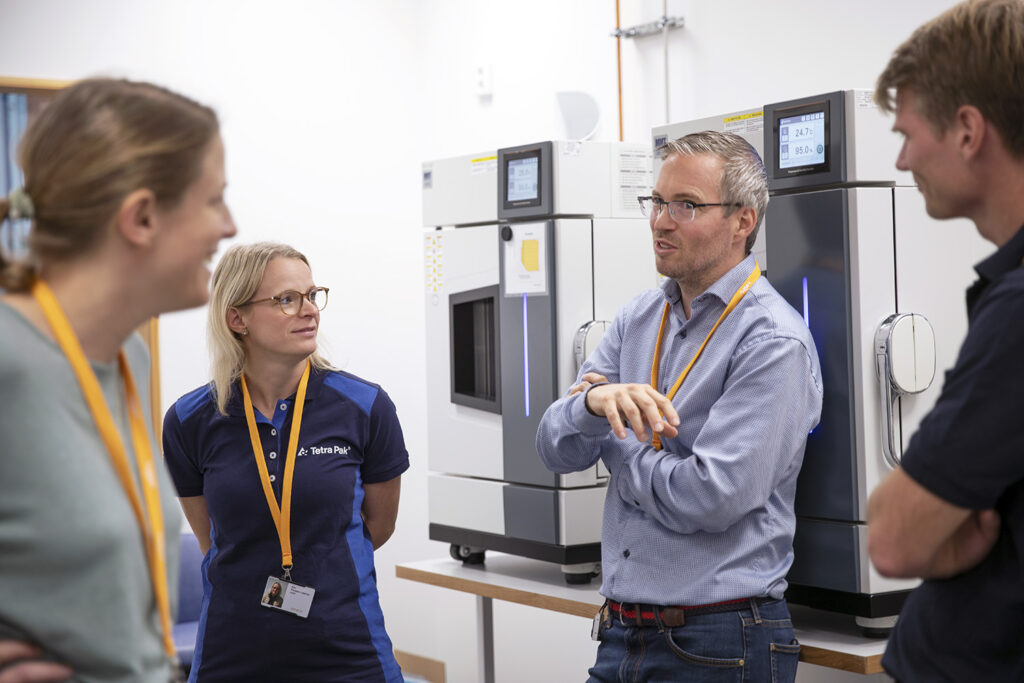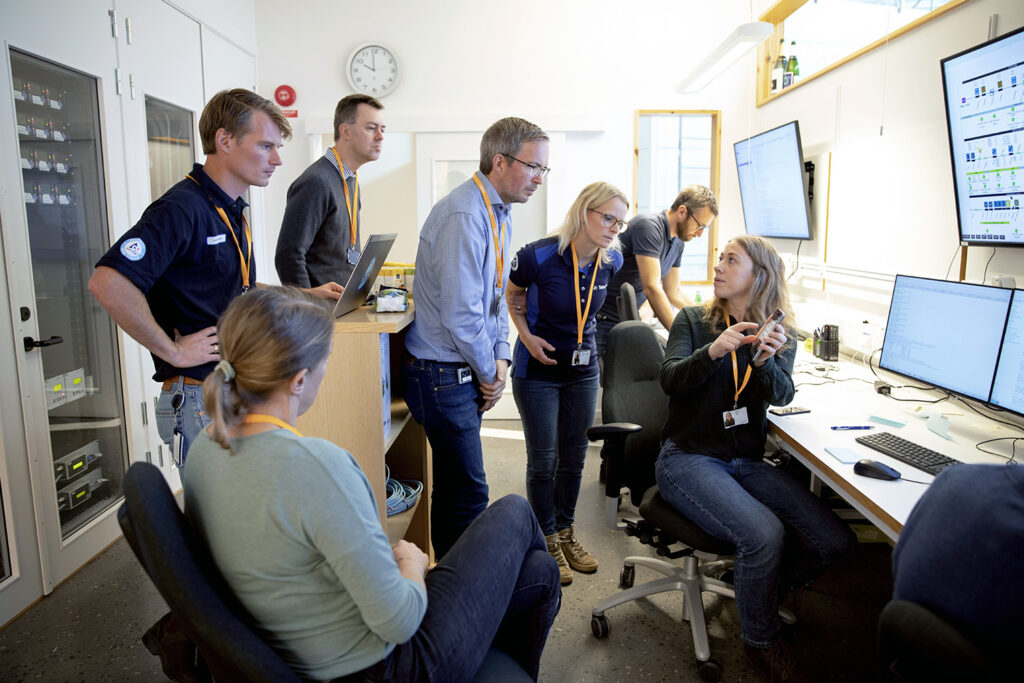In a press release issued today, Tetra Pak announces the commencement of new research using advanced X-ray scattering imaging techniques at ForMAX at MAX IV in Lund, Sweden. The experiments are carried out in collaboration with researchers from Chalmers University of Technology and the research centers Wallenberg Wood Science Center and FibRE.
The Tetra Pak experiment is the very first industrial experiment at the recently started research station ForMAX, specially designed for research on new materials from the forest. The experiments aim at uncovering insights into the nanostructure of fibre -based materials, with the first application to optimize the composition of materials used for paper straws.
”A fundamental understanding of the structure and properties of materials is crucial as we work towards developing the package of the future. Our ambition is to provide the world’s most sustainable food package, and experiments at ForMAX will clearly support us in this mission”, says Eva Gustavsson, Vice President Materials & Package, Tetra Pak.

Substituting fossil-based plastics with fibre-based materials bring novel opportunities for more sustainable packaging, but there are also challenges: the new materials must durable against liquids and humidity while remaining food-safe, recyclable and meeting the increased sustainability demands.
These are some of the challenges that Tetra Pak and the researchers are addressing in the experiments at ForMAX IV, using the beamline’s advanced characterization techniques combined with modelling.
“Our first experiment, which starts with paper straws, provides additional analysis capabilities into how paper straw material responds to changes in the environment in real-time, as well as how the straw interacts with different types of liquids under stringent conditions. These new insights and knowledge will be applied to developing the paper straws of the future in our virtual modelling tools, helping us to improve their functionality”, says Eskil Andreasson, Technology Specialist, Virtual Modelling, Tetra Pak.

The ForMAX beamline is a result of a long-term collaboration between industry and academia. The construction of ForMAX has been funded by the Knut and Alice Wallenberg Foundation and the operating costs are funded by the industry through Treesearch. As one of the industrial partners in Treesearch, Tetra Pak is one of the initiators and facilitators of ForMAX.
The first experiments show the potential of the beamline for both fundamental research and applied research and development.
“This experiment is a milestone for academia and industry. The research station is the first of its kind and will facilitate fundamental and applied industrial research on how new, sustainable materials can be used,” says Kim Nygård, Manager, ForMAX beamline, MAX IV.





